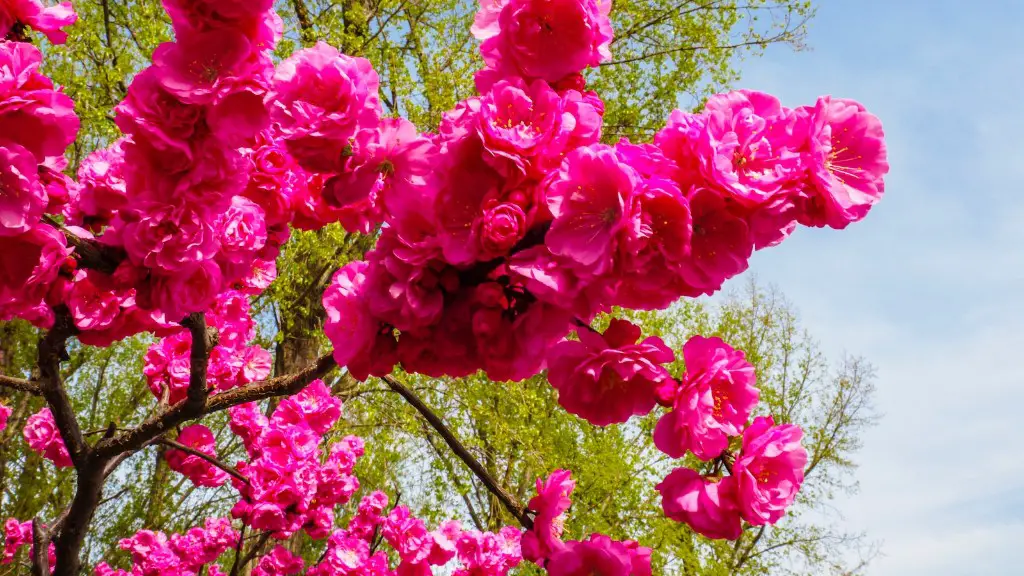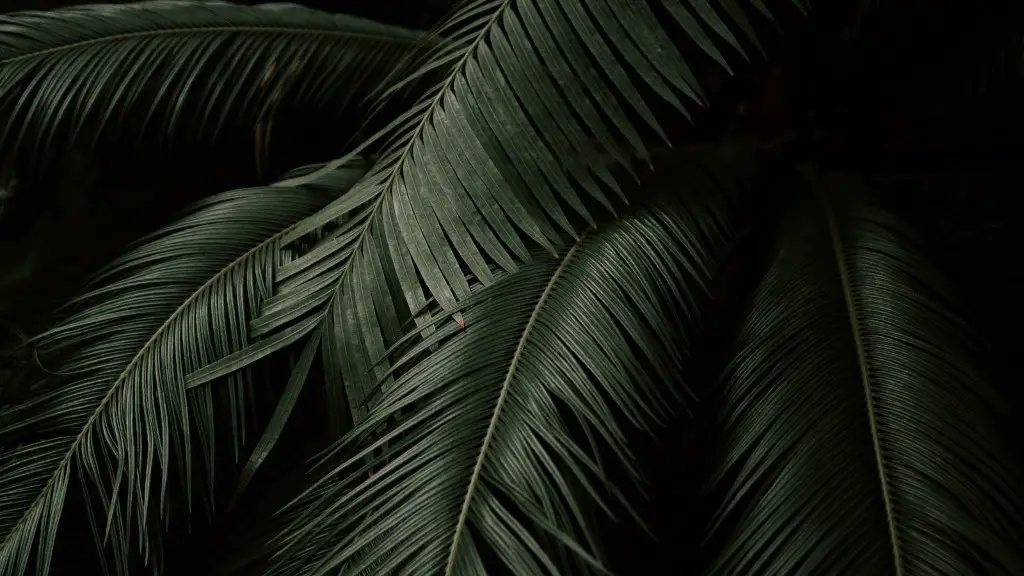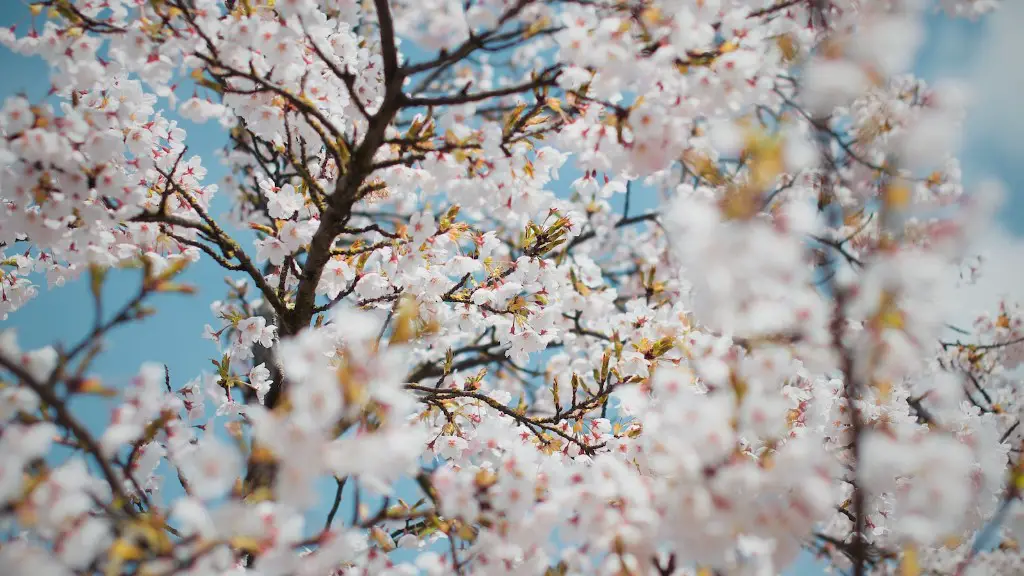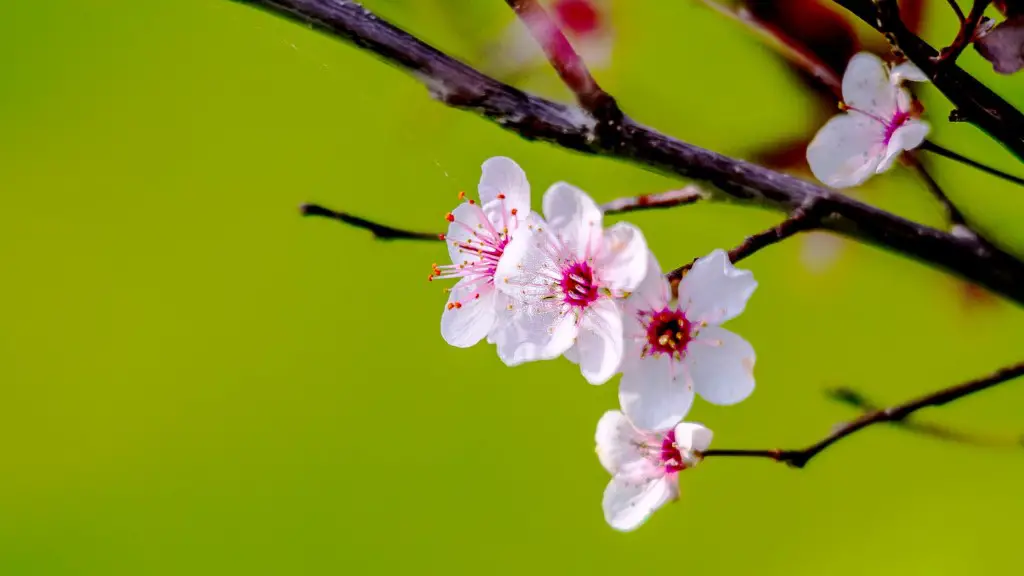Preventing Spread of Cherry Tree Roots
Cherry trees are a great addition to any landscape, but they can cause problems if they’re not managed properly. While they have a reputation for being a fast-growing and hardy species, they can become invasive if their roots start to grow out of control. Fortunately, there are some steps you can take to control the spread of cherry tree roots and keep them from wreaking havoc in your garden.
Before starting any control measures, it’s important to understand the root structure of a cherry tree. The roots are shallow and spread out in a wide, mat-like system, making them very hard to contain. They’re also shallow feeders and can draw water and nutrients from deep in the soil, making them hard to control. This can result in root damage to plants and structures nearby, as well as an increased risk of disease and pest infestation.
The best way to keep cherry tree roots from spreading is to create physical barriers. This can be done by using a barrier fabric or root pruning. The barrier fabric is a material that is placed around the root system and prevents further growth. It needs to be replaced regularly, as the roots will eventually outgrow the fabric.
Root pruning is another way to maintain the size of the root system. This involves cutting the roots back to the original size to prevent the development of lateral branches. If done correctly, this can help keep the cherry tree roots in check and prevent any outward spread.
It’s also important to keep the soil well-drained and free from any compaction. Compacted soil slows root growth, making it more difficult to control the spread of the root system. Incorporating organic matter into the soil can help maintain good drainage, discourage root compaction, and make the soil more suitable for plant growth.
In addition to these measures, it’s also important to water and fertilize the tree correctly. The depth and frequency of watering should be based on the tree’s size, soil type, and time of year. Optimal fertilization will encourage strong root growth and discourage lateral branch formation. Over-fertilizing, however, can lead to root damage, so it’s important to read the directions on the fertilizer package and make sure it’s being used correctly.
Removing Established Cherry Tree Roots
If the tree has already been growing for a few years and its roots have become poorly managed, it might be difficult to control them. In this case, it might be necessary to consider removing the tree entirely to get rid of the roots. This can be a laborious process, and it will require digging up the entire root system, which can damage existing plants and structures in the area.
It’s important to take safety precautions when removing a cherry tree root. Wear protective clothing, such as gloves, goggles, and a face mask, to protect yourself from any hazardous substances that may be present in the soil or the tree itself. It’s also important to use the correct tools, such as a shovel and a saw, to make sure that the job is done properly and safely.
Once the tree and its root ball have been removed, it’s important to fill in the hole with a soil mix. This will help to restore any damage to the surrounding soil, and it will ensure that the area is level and stable. It’s also important to dispose of the tree properly, preferably by taking it to a recycling center.
In some cases, it may be more practical to use a chemical root killer. This is a chemical that is applied to the roots and kills them, preventing them from growing back. The effectiveness of root killers varies depending on the formulation and the type of tree, so it’s important to choose one that is specifically designed for cherry trees. Additionally, it’s important to read the directions carefully and follow all safety precautions when applying a root killer.
Cherry Tree Root Pruning
Root pruning is one of the best ways to control the spread of cherry tree roots. It involves cutting back the root system to the desired size, allowing the tree to stay in place but preventing it from becoming invasive. This can be done using hand pruners or a power root cutter. If done correctly, this can help keep the roots in check and prevent them from spreading further.
It’s important to choose the right tool for the job. If using hand pruners, make sure the blades are sharp and make clean, precise cuts. For larger specimens, a power root cutter is the best choice. It’s important to make sure that the cutting blades are sharp and well-maintained.
When pruning, it’s important to start at the tree trunk and work outward. Locate the main roots and cut them back. Then, work along each branch, cutting back any side roots that are more than two inches from the trunk. Be careful to avoid cutting any major roots, as this can damage the tree.
It’s also important to prune at the right time of the year. Spring is the best time to do this, as this is when the tree is in its most active growth period. Pruning in winter can be harmful to the tree, as it needs the roots to provide nutrients during the dormant season.
After the pruning has been completed, it’s important to fertilize the area. This will encourage healthy root growth and discourage lateral branch formation. It’s also important to keep the soil well-drained and provide adequate irrigation, as this will promote healthy root growth. With these steps, you can help control the spread of cherry tree roots and keep them from becoming a nuisance.
Conclusion and Summary
Cherry trees can be a great addition to any landscape, but their root system can spread quickly and become disruptive if left unmanaged. Taking preventative measures, such as setting up physical barriers or root pruning, can help keep the root system in check. If needed, you can also consider removing the tree entirely. Fertilizing and keeping the soil well-drained can also help ensure that the tree’s root system is healthy and does not become invasive.
Maintenance and Care
Cherry trees require regular maintenance and care to ensure their health and prevent them from becoming invasive. Pruning, fertilizing, and weed control are all important steps in the life cycle of a cherry tree. Pruning can help control the size of the root system and prevent it from spreading. Fertilizing will encourage strong, healthy root growth and discourage lateral branching. Weed control can help keep the soil well-nourished and ensure that the tree is the only one in the area that has access to water and nutrients.
It’s also important to inspect the tree regularly and look for any signs of disease or infestation. Diseases, such as fire blight, can wreak havoc on cherry trees. Prompt identification and treatment of any diseases is essential to prevent further damage to the tree and its root system.
Additionally, it’s important to provide adequate irrigation. This will encourage root growth, discourage root compaction, and help to keep the soil well-drained. When watering, it’s important to choose the right tool for the job, as too much water can cause root rot, which can be damaging to the health of the tree and its root system.
Pest Management
Pests can be a major issue for cherry trees, as they can feed on the roots and cause damage. Common pests include root aphids, root weevils, and nematodes. Root aphids feed on the roots and can weaken the tree, leading to premature leaf drop. Root weevils feed on the roots and can cause localized damage. Nematodes feed on the roots and can introduce parasites and diseases to the tree.
The best way to manage pests is by using insecticides or organic treatments. Certain insecticides can effectively kill pests, while organic treatments can help to prevent them from entering the root system. It’s important to read the directions carefully and choose the right product for the job. If done correctly, this can help keep pests under control and protect the tree from damage.
Good sanitation practices are also essential to pest management. This includes removing any dead or decaying material from the area, as this can attract pests. Additionally, it’s important to fill any cracks or gaps in the trunk and root system to prevent pests from entering the tree.
Invasive Species Management
In some cases, cherry tree roots may become invasive and disrupt the surrounding area. The best way to manage invasive species is to remove them with a chemical root killer. This is a chemical that is applied to the roots and kills them, preventing them from growing back. The effectiveness of root killers varies depending on the formulation and the type of tree, so it’s important to choose one that is specifically designed for cherry trees. Additionally, it’s important to read the directions carefully and follow all safety precautions when applying a root killer.
Invasive species can also be managed by using physical barriers. This can be done by using a barrier fabric or root pruning. The barrier fabric is a material that is placed around the root system and prevents further growth. Root pruning involves cutting the roots back to the original size to prevent the development of lateral branches. This can help to keep the cherry tree roots in check and prevent outward spread.
Lastly, it’s important to keep the soil well-drained and free from any compaction. Compacted soil slows root growth, making it more difficult to control the spread of the root system. Incorporating organic matter into the soil can help maintain good drainage and make the soil more suitable for plant growth.





